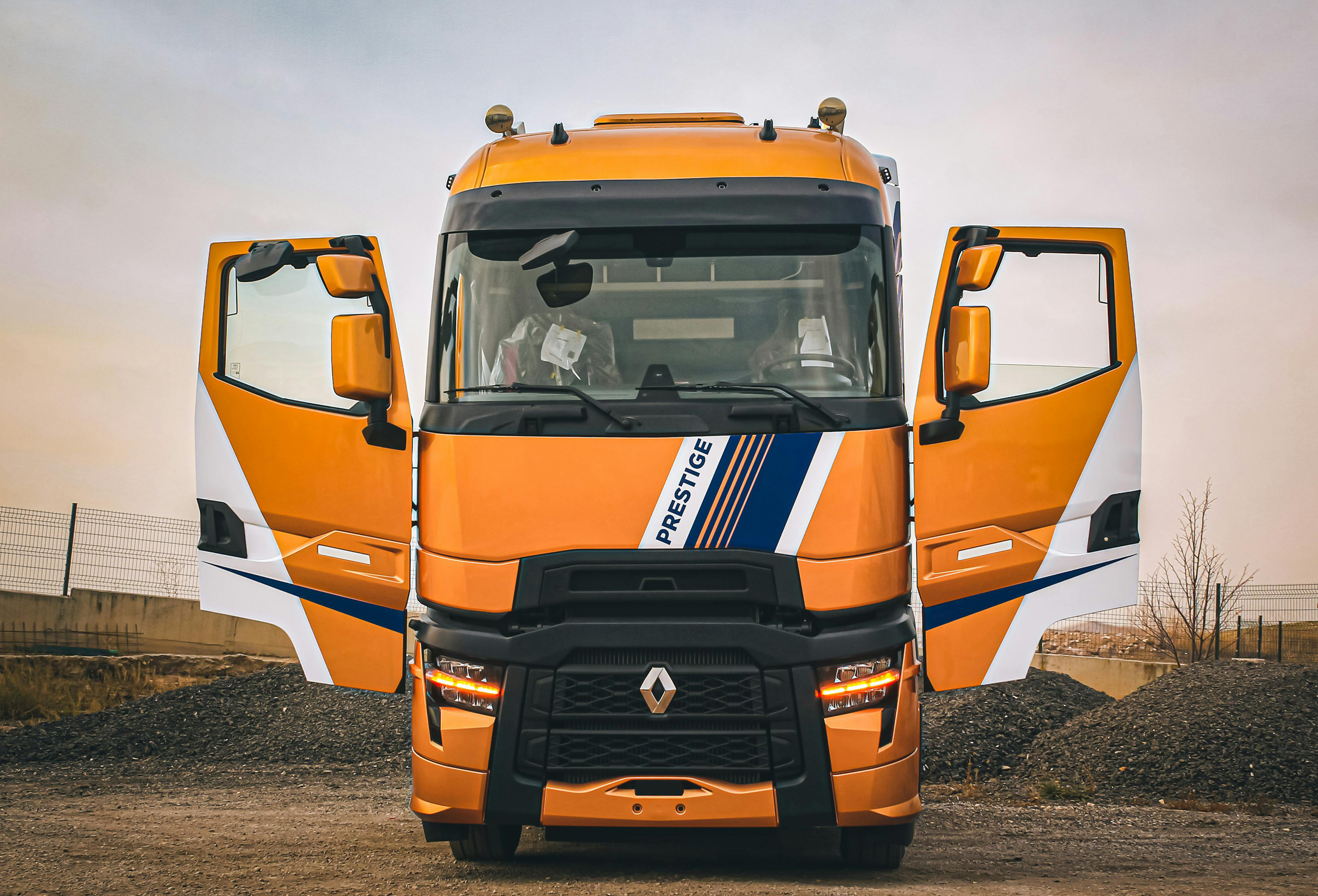The C1 driving license is an essential qualification in the transport industry, especially for those who aspire to drive medium-sized vehicles professionally. Whether you are a fleet manager looking to expand your team’s capabilities, an aspiring professional driver, or a vehicle enthusiast eager to explore new horizons, understanding the intricacies of the C1 license will undoubtedly benefit you. This guide covers everything you need to know about the C1 driving license, from eligibility criteria to the advantages it offers.
Overview of the C1 Driving License
The C1 driving license allows individuals to drive vehicles with a weight ranging between 3.5 to 7.5 tonnes, including any trailers weighing up to 750 kg. This category includes larger vans, minibuses, and small trucks, making it invaluable in various sectors, such as logistics, delivery services, and emergency medical services. Given the increasing demand for efficient transportation and logistical support, the importance of the C1 license cannot be overstated.
Eligibility Criteria and the Process of Obtaining a C1 License
To apply for a C1 license, you must be at least 18 years old and hold a valid Category B driving license. The process involves several steps:
- Medical Examination: You must undergo a medical examination to ensure you meet the health standards required for operating heavier vehicles.
- Provisional License Application: Submit a D2 application form and a D4 medical form to the DVLA to obtain a provisional C1 license.
- Theory Test: Pass the LGV (Large Goods Vehicle) theory test, which includes multiple-choice questions and a hazard perception test.
- Practical Test: Finally, pass the practical driving test, which assesses your ability to handle a C1 category vehicle safely and efficiently.
Differences Between a Standard Driving License and a C1 License
While a standard Category B driving license allows you to operate vehicles weighing up to 3.5 tonnes, a C1 license extends this limit to 7.5 tonnes. This distinction is crucial for those engaged in transport roles that require the movement of heavier loads. Additionally, the C1 license involves specialised training and testing to equip drivers with the skills needed for handling larger vehicles.
Significance for Fleet Managers and Aspiring Professional Drivers
For fleet managers, having employees with a C1 license can significantly improve operational efficiency. It allows the transportation of larger loads, reducing the number of trips required and optimising the use of resources. Aspiring professional drivers gain a competitive edge in the job market by holding a C1 license, as it opens up opportunities in various industries, including logistics, construction, and public services.
Training Requirements and Where to Obtain C1 License Training
Obtaining a C1 license requires specialised training, which can be acquired from accredited training centres. These centres offer comprehensive courses that cover both theoretical knowledge and practical driving skills. The training typically includes vehicle control, road safety, manoeuvring techniques, and an understanding of relevant regulations.
Benefits for Vehicle Enthusiasts
For vehicle enthusiasts, possessing a C1 license can be incredibly rewarding. It allows greater freedom to drive a variety of medium-sized vehicles, enhancing their driving experience and enabling them to participate in activities such as motorhome travel or classic truck shows. The skills and knowledge gained through the C1 license training also contribute to safer and more confident driving.
Conclusion
The C1 driving license is a valuable asset for fleet managers, aspiring professional drivers, and vehicle enthusiasts alike. It not only broadens the range of vehicles you can legally operate but also enhances career prospects and personal driving experiences. If you are considering pursuing a C1 license, take the first step today by researching accredited training centres and understanding the application process. With the right preparation and commitment, you can unlock new opportunities in the transport industry.
